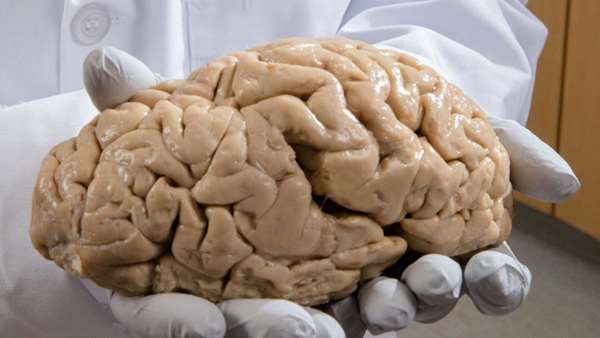3-D tissue models provide unprecedented insight into human brain function and disease
Researchers have created 3-D tissue structures that recapitulate many aspects of specific human brain regions. These tiny, brain-region specific spheroids are allowing scientists to study previously inaccessible aspects of human brain development and function.
Researchers have created 3-D tissue structures that recapitulate many aspects of specific human brain regions. These tiny, brain-region specific spheroids are allowing scientists to study previously inaccessible aspects of human brain development and function.
Truly understanding the processes involved in development, assembly and dysfunction of the human brain has been difficult because we can't directly investigate or manipulate functioning human brain tissue," said Sergiu P. Pasca from Stanford University. "To overcome this challenge, we developed a way to create self-organizing 3-D tissue structures from pluripotent stem cells derived noninvasively from a single patient."
Pasca and colleagues have shown that these brain-region specific spheroids can be maintained for years, which allows the study of advanced stages of brain maturation and function.
Pasca, the recipient of the 2020 C.J. Herrick Award in Neuroanatomy, was scheduled to present this research at the American Association for Anatomy annual meeting in San Diego this month. Though the meeting, to be held in conjunction with the 2020 Experimental Biology conference, was canceled in response to the COVID-19 outbreak, the research team's abstract was published in this month's issue of The FASEB Journal.
The researchers have used the new stem-cell derived 3-D platform to create organoids resembling several brain regions. For example, spheroids resembling the cerebral cortex show many features of in utero neural development.
"Moreover, we have demonstrated that regionalized brain spheroids can be put together to form fused structures called brain assembloids," said Pasca. "The assembloids can then be used to investigate developmental processes that were previously inaccessible such as cell migration, long-distance connections and the formation of neural circuits."
The researchers are now using the organoids to study neuropsychiatric diseases such as a rare form of autism known as Timothy syndrome and to examine the cellular and molecular consequences of mutations associated with neuropsychiatric disorders.
Reference:https://medicalxpress.com/news/2020-04-d-tissue-unprecedented-insight-human.html




ارسال به دوستان